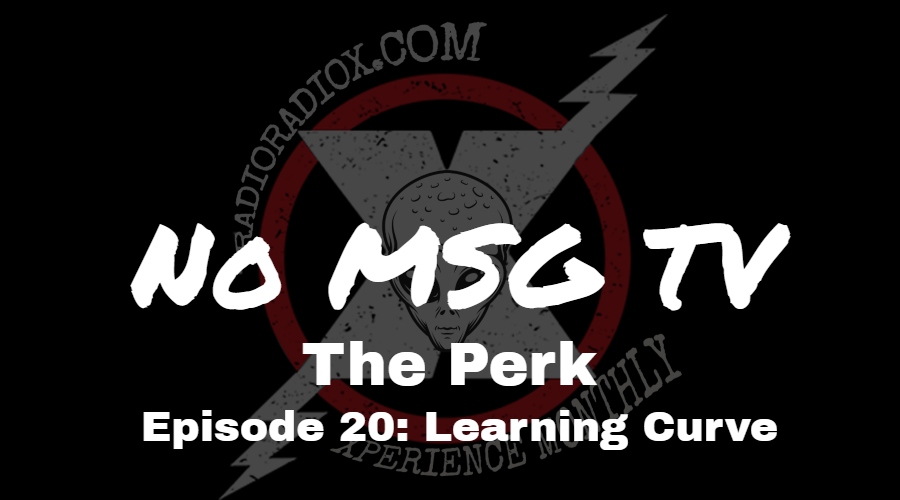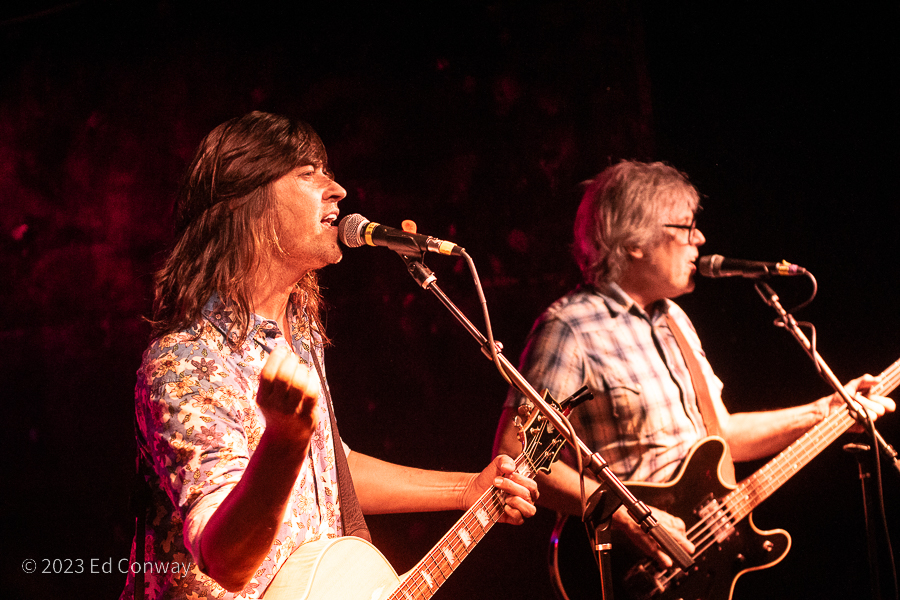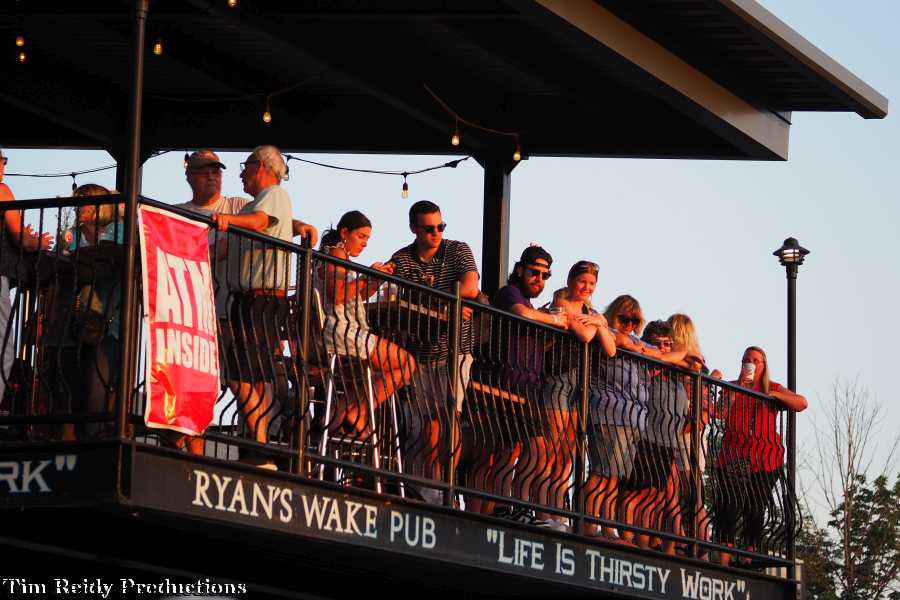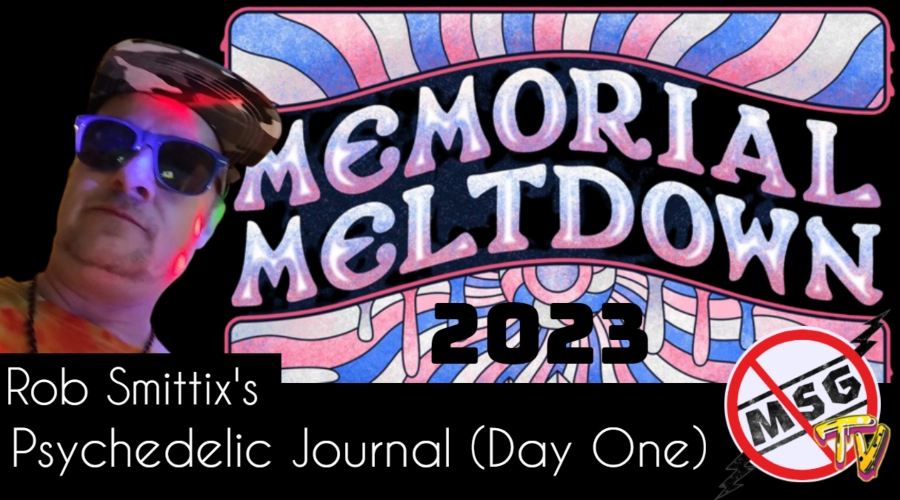Garage Rock Democracy
By Staff on June 3, 2023
Garage Rock Democracy.
It’s on eleven, duct-taped so that no one can turn it down. The drums need new heads but the drummer’s broke, so they’re gonna ride those warped heads out. They have little music theory and all fierce passion and inexhaustible energy and they can’t wait to land the biggest stage to headline and run laps on it.
In the late fifties and early- to mid-sixties, a quiet revolution occurred in music. While rock and roll had emerged to torture suburban parents everywhere, and the Beatles were preparing to be the generals of an invasion, the groundwork was being laid for a new kind of music, and a new way to play.
Before the fifties, music was, in some ways, a closed shop. You could tack a string to a broom and use a saltshaker to play a mean slide, but you needed years of practice to get that slide its distemper. Were you to be a jazz player, you would need at least some training to be able to get yourself any kind of gig playing. And if you had an acoustic guitar (and they were all acoustic going back mere decades from there,) you needed a repertoire of chords and, as in the other cases, training.
Blues was a musical world, as was jazz, and big band was a world of worlds. They all relied on composition and experience. They were music with a clear line separating them from sound. Music was a profession, and it was not free, whether you heard it on a front porch and had to flip a penny in a jug or you attended a concert hall. Music was a labor relegated to a select few.
When electric guitars and amplifiers came out, and when overdrive, or “fuzz” boxes came out, in the late 1950s – early- to mid-1960s, it had an effect that no one intended. The company Maestro built “The Fuzz-Tone,” an overdrive pedal, originally for jazz musicians. But neat trick; effects pedals like The Fuzz-Tone can make a guitar sound cool no matter whose hands its in. And this is true of the reverb sounds, the tremolo sounds, wah pedals and every other kind of sound modification technology.
This was a revolution that democratized music. You didn’t have to have training, and talent was optional. You didn’t have to play with notes, progressions, and movements. You could keep that stuff very simple, maybe three chords and easy hooks, but it was your sound that was important. You weren’t learning music theory so much as electronic theory with your ear to your amp.
Lenny Kaye, guitarist for the Patti Smith Group, had this to say, “When you picture someone in a garage or a basement or at home or wandering down the street, trying to find a way to express their inner core, that’s what it’s about.”
The sound, and the bands that came out of it, got the name “garage rock,” and one can probably guess why any sound movement would get that name. But there are some misconceptions about it. For starters, a band didn’t have to play in a garage to be garage rock. And it might seem, from our perspective, that garage rock bands must have recorded themselves in their, *ahem,* garages. This wasn’t always the case, especially since in the early sixties, recording equipment wasn’t anywhere near as cheap as it is today.
Another misconception is that garage rock was somehow in rebellion against popular music. Not the case. The boost in technology gave pretty much everybody a chance to be musicians and pursue their dreams, but a lot of people wanted to sound just like the bands that were coming over in the British Invasion. Bands like The Yardbirds, The Kinks, The Who, The Dave Clark Five, Herman’s Hermits, The Zombies, and Gerry and the Pacemakers inspired the generation of American garage rock bands.
There is a bigger misconception, even in the light of this article; that garage rock bands had no talent. Many of them had no formal training, and were assisted by advances in music technology, but many of them were nuclear reactors of creative energy and were able to form truly distinct sounds for what they were doing.
The opening up of music to everyone makes it hard to come up with any kind of comprehensive list of who was or wasn’t a garage band. It’s probable that this article will be met with impassioned cries of “You missed…” So we’ll include some, but not all, and we’ll hope for the best. The Velvet Underground is a tough one to put here, because they could also go under a proto-punk list. The Seeds. The Thirteenth Floor Elevators from Austin. The Standells, from L.A., The Who and The Kinks, both from Britain, Small Faces, The Fleshtones, The Trashmen, which is arguable as they are famous for the song “Surfin’ Bird,” and might just be left to surf rock. And let’s endcap with The Fugs.
Garage rock was really an open door. An entirely different subject for another time, but the mechanism that allowed garage rock to form allowed punk to form, and many people would say that punk came from garage rock, even though the “point” of each were coexisting. It would be possible to find punk roots in the same soil as garage rock roots, side by side.
And another outcropping of the garage rock revolution, we might say, was rap and hip hop. It’s a bold assertion, but we’re talking about people using technology to make music without formal music training, and this fits rap and hip hop just as much as it fits garage rock. More advanced turntables allowed putting song hooks on loop and scratching.
This release of music, of course, was met by derision by older music listeners, who concluded that little musical training meant little talent, and all the kids were doing was playing with noise. Interestingly, many of the kids doing garage rock at the time would grow up to deride rappers and DJs for sampling on similar grounds.
The past three articles have been about crashing the gates of the media and entertainment establishment. And there is no better way to end the series than to look at garage rock. Music is a communication, and the more we communicate, the smaller the world becomes, until, in a grand stroke, we’re all neighbors.





 RadioRadioX
RadioRadioX